Moyamoya disease is a rare cerebrovascular disorder that affects the blood vessels in the brain, leading to restricted blood flow to certain areas. The condition, whose name translates to “puff of smoke” in Japanese, describes the appearance of the tiny blood vessels that develop as a compensatory mechanism for diminished blood flow. Moyamoya disease primarily affects children, but it can also occur in adults. Understanding its symptoms, causes, and treatment options is crucial for managing this condition effectively.
Types of Moyamoya Disease
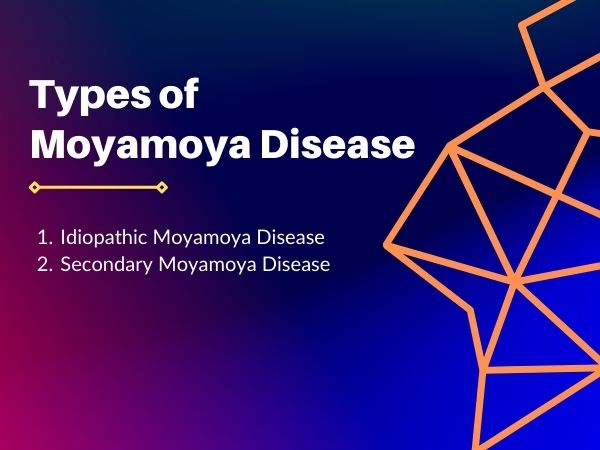
There are two main types of Moyamoya disease:
- Idiopathic Moyamoya Disease: This type occurs spontaneously, and the exact cause is unknown. Idiopathic Moyamoya disease is more common in East Asian populations but can affect individuals of any ethnicity.
- Secondary Moyamoya Disease: Secondary Moyamoya disease can develop as a result of underlying conditions such as sickle cell anemia, Down syndrome, neurofibromatosis type 1, and other genetic or autoimmune disorders.
Signs and Symptoms
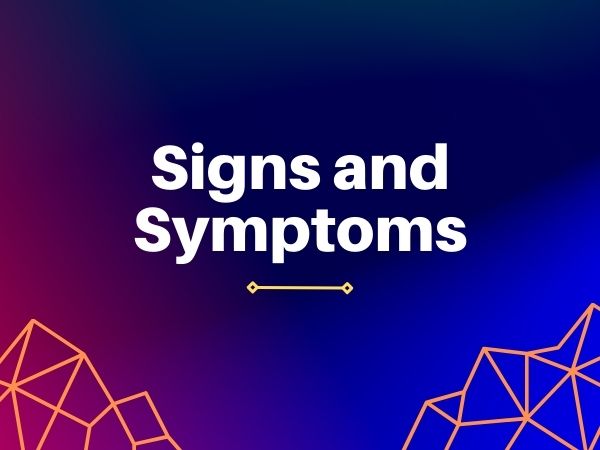
The signs and symptoms of Moyamoya disease can vary depending on the severity of blood flow restriction and the areas of the brain affected. Common symptoms include:
- Recurrent transient ischemic attacks (TIAs) or mini-strokes
- Headaches
- Seizures
- Weakness or paralysis on one side of the body
- Speech difficulties
- Cognitive decline
- Visual disturbances
- Developmental delays in children
It’s essential to recognize these symptoms promptly and seek medical attention for an accurate diagnosis and appropriate treatment.
Causes of Moyamoya Disease
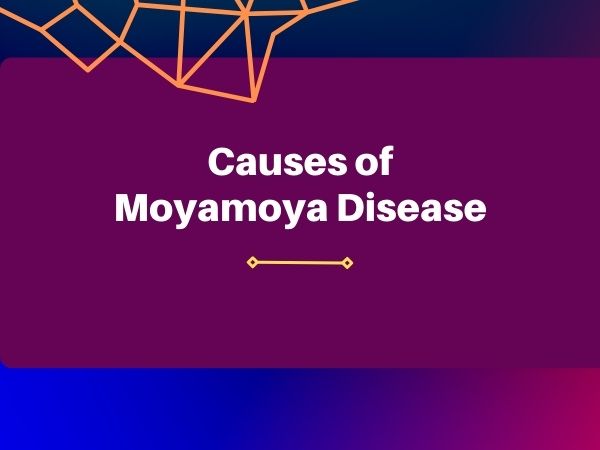
The exact cause of Moyamoya disease remains unclear. However, researchers believe that genetic factors may play a significant role in its development. Mutations in certain genes have been associated with an increased risk of Moyamoya disease. Additionally, environmental factors and other medical conditions may contribute to its onset.
Diagnosis
Diagnosing Moyamoya disease typically involves a combination of medical history review, physical examination, and diagnostic tests, including:
- Magnetic resonance imaging (MRI) or computed tomography (CT) scans to visualize the blood vessels in the brain
- Cerebral angiography to assess blood flow and identify characteristic “puff of smoke” appearance of collateral vessels
- Neurological examinations to evaluate cognitive function, motor skills, and sensory perception
Treatment of Moyamoya Disease
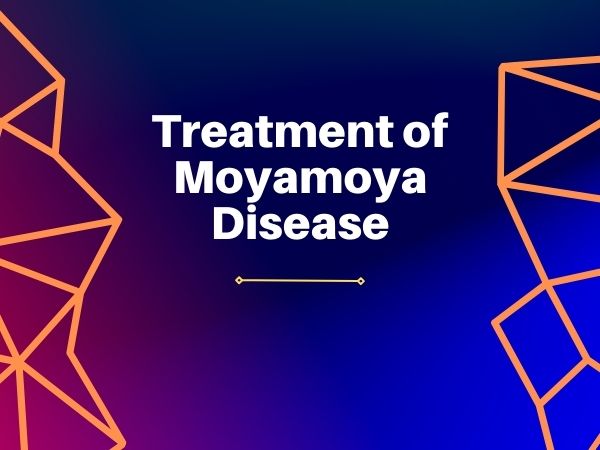
Treatment for Moyamoya disease aims to improve blood flow to the brain, prevent strokes, and manage symptoms. Depending on the severity of the condition, treatment options may include:
- Medications: Doctors may prescribe medications to reduce the risk of blood clots, control blood pressure, or manage symptoms such as headaches and seizures.
- Surgical Interventions: Surgical procedures are often necessary to improve blood flow. Revascularization surgeries, including direct and indirect bypass procedures, help reroute blood flow to areas of the brain with inadequate supply.
- Symptomatic Management: Rehabilitation therapy, speech therapy, and other supportive measures can help individuals manage the effects of Moyamoya syndrome on daily functioning.
Prevention
As Moyamoya disease is primarily a genetic disorder, there are no specific preventive measures to avoid its onset. However, early detection and prompt treatment can help prevent complications such as strokes and cognitive impairment.
Home Remedies and Lifestyle Modifications
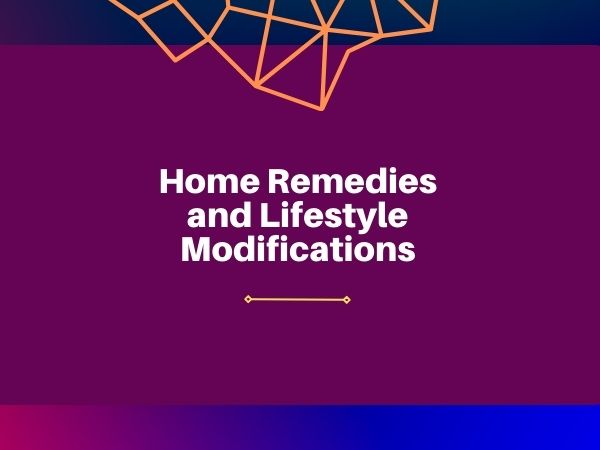
While home remedies cannot cure Moyamoya disease, certain lifestyle modifications may help improve overall health and well-being. These include:
- Following a healthy diet rich in fruits, vegetables, whole grains, and lean proteins to support cardiovascular health.
- Engaging in regular physical activity to maintain a healthy weight and promote circulation.
- Managing stress through relaxation techniques, meditation, or counseling.
- Avoiding tobacco use and excessive alcohol consumption can contribute to vascular problems.
In conclusion, Moyamoya disease is a complex cerebrovascular disorder characterized by restricted blood flow to the brain. While the exact cause remains unknown, early diagnosis and appropriate treatment are essential for managing symptoms, preventing complications, and improving the quality of life for individuals affected by this condition. With ongoing research and advancements in medical technology, healthcare professionals continue to explore new treatment options and improve outcomes for Moyamoya syndrome patients. If you or someone you know experiences symptoms suggestive of Moyamoya syndrome, seeking medical attention promptly is crucial for timely diagnosis and intervention.